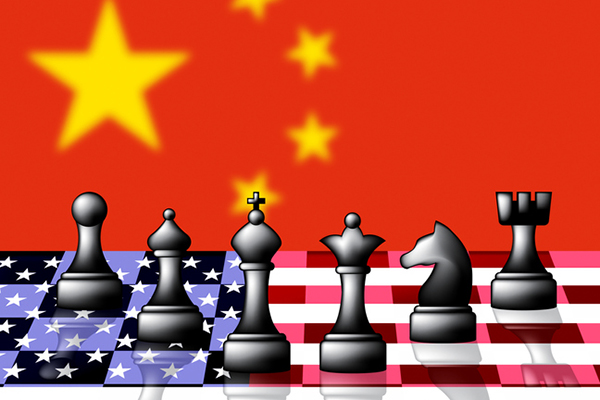Some progress is being made on U.S.-China trade impasse but more needs to happen
So, with the news late last week that the White House pushed off a planned increase on tariffs for China-originated goods heading to the United States, all of the talk about things like a U.S-China “trade war” and ongoing “trade tensions” between the two countries are null and void, correct?
Backing up quickly, what was announced last Friday was that the planned increase in tariffs from 25% to 30% on $250 billion worth of goods from China will not take effect as originally planned this week, with the U.S. and China in discussions about getting across the goal line in their ongoing trade talks.
In short, the answer to that hypothetical question is a resounding no, but, at the same time, the action taken by the White House is certainly positive news. How could it not be, really, given all of the angst, unpredictability, and uncertainty, the ongoing global trade, or tariffs, situation has put not only on the global economy, but, closer to home, supply chain planning and logistics operations, as well as sourcing and inventory management, among other factors?
And it was clear that the White House’s move to hold off on this recent round of tariffs was warmly received by various business groups.
Myron Brilliant, Executive Vice President and Head of International Affairs, U.S. Chamber of Commerce, called it a “ray of hope” for the U.S.-China trade relationship.
“We are encouraged that the two sides appear to have made genuine progress on a number of critical issues,” he said. “President Trump’s announcement to postpone the tariff hike is welcome news for American businesses, farmers, and consumers, and we are optimistic that this move paves the way towards a comprehensive, high-standard, and enforceable deal with China. While there remains significant work ahead to address many of the most important U.S. trade and investment priorities, we will continue to lend our full support to any and all efforts that level the playing field for American businesses.”
National Retail Federation Senior Vice President for Government Relations David French also was upbeat about this sign of progress, from the perspective of NRF members.
“Retailers are encouraged by the progress made between the United States and China and are pleased that the administration has listened to the concerns of the business community as the trade war takes an increasing toll on the American economy,” he said. “The decision to delay planned tariff hikes is welcome news to U.S. retailers and consumers heading into the busy holiday shopping season. Although this is a step in the right direction, the uncertainty continues. We urge both sides to stay at the negotiating table with the goal of lifting all tariffs and fundamentally resetting U.S.-China trade relations.”
And the United States China Business Council (USCBC) was also positive while still being cautious about next steps, too, explaining that its membership hopes for sufficient confidence to be restored to enable other important issues to be addressed and resolved in subsequent phases to include market-distorting subsidies for state-owned enterprises and equal treatment for US and other foreign companies.
And USCBC President Craig Allen said the organization will await word on how implementation will be measured and in what timeframe, as well as details on scheduling subsequent phases.
The old ubiquitous phrase “cautious optimism” comes to mind when viewing this recent development, but, given the many stops and starts that have occurred for the last two and a half years, a watchful eye and tempered enthusiasm are required for anything short of a desirable outcome.
In conversations with supply chain stakeholders from various segments, whether it is shipper, carrier, or 3PL, or something else, one of the many common themes, when it comes to the tariff impact, is how tariffs can, and do disrupt, things like forecasting and budgeting, as well as managing inventory and sourcing, too.
One person mentioned that sourcing from multiple countries requires increased transportation requirements across trade lanes and from ports to warehouses, or in other words, a lot more to plan and prepare for on the logistics side.
While these recently developments are encouraging, there is a way to go on the global trade front. Let’s hope things get to that point sooner than later.













